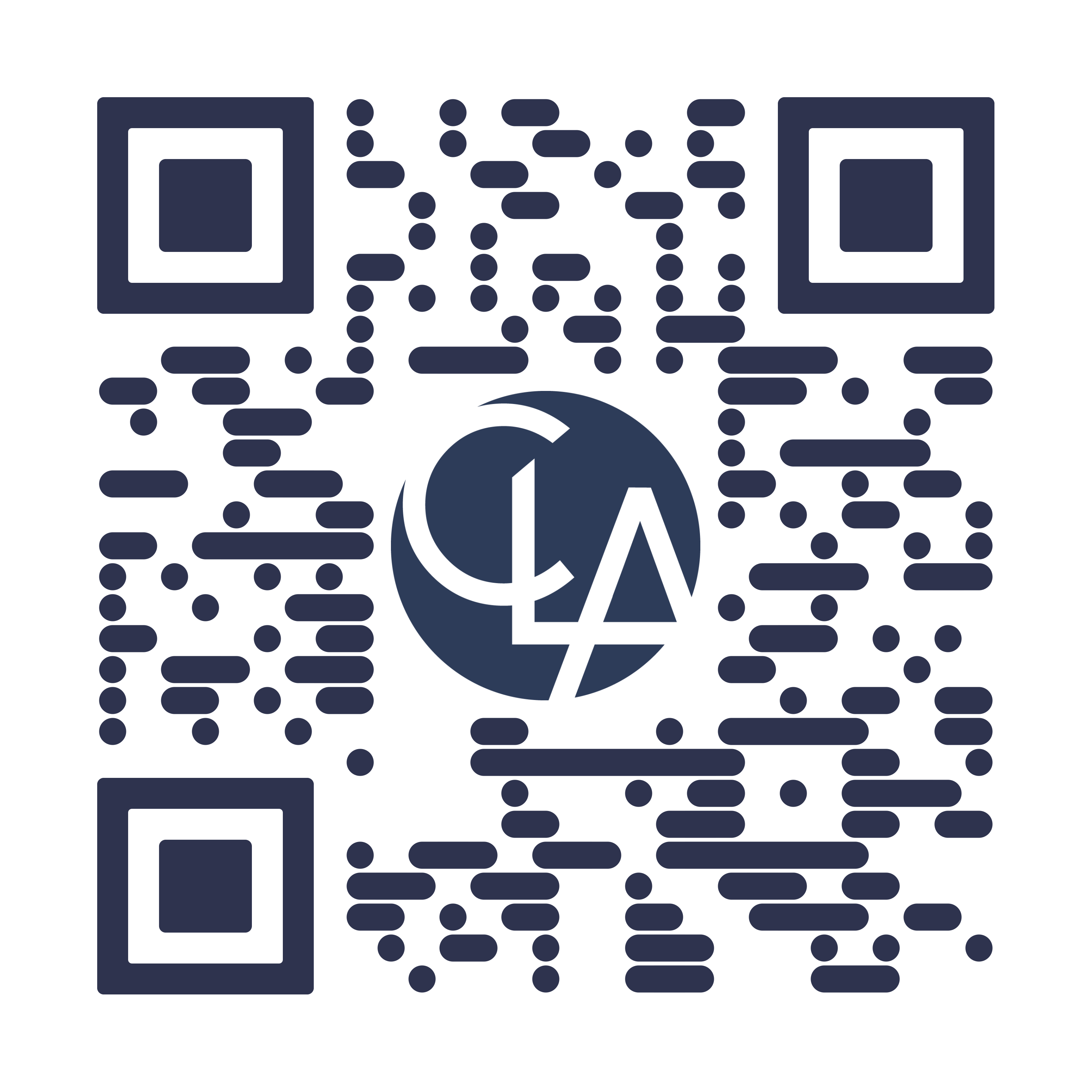Key insights
Hackers are exploiting new technologies to find weaknesses in systems previously considered secure, so vigilance and adaptability are increasingly essential.
Phishing remains the most common type of cybercrime, where attackers impersonate others to steal personal information.
Over-reliance on vendors for managing critical business functions can lead to vulnerabilities. Organizations should take more control and educate their internal cybersecurity teams.
Hackers are leveraging emerging technology to find vulnerabilities in systems once thought impossible to exploit. As a technological renaissance pushes new methods of convenience and optimization, it’s crucial to remain vigilant in a continuously changing setting.
But what are the most common types of cybercrime threatening our security and privacy? And how can you avoid falling victim to these attacks?
Explore some of the most prevalent and damaging cyber threats this year and learn some practical tips and leading practices to help safeguard your data and devices.
Common cyber attacks used by hackers
Phishing
According to the FBI’s Internet Crime Report, phishing incidents remain the most frequently reported computer crimes. Phishing attempts occur when bad actors impersonate people or third parties, typically through electronic communications.
The goal of this approach is to trick users into sharing personally identifiable information such as full names, addresses, and Social Security numbers. Phishing is generally the leading initial attack vector, responsible for a significant percentage of incidents — subjecting organizations to billions of dollars in losses.
Business email compromise
Business email compromise is a type of cybercrime where attackers target specific organizations to compromise their email accounts. This method uses familiar email domains to instigate realistic communication between two parties. An email domain that may seem legitimate at first glance is manipulated to intentionally seek critical information.
Vendor exploitation
A formal policy for vendor management is a critical element in cyber defense. When it comes to alleviating risk, many organizations trust vendors to handle a domain, but fail to understand the security controls involved.
Vendor exploitation is becoming a common occurrence, not only affecting third parties, but also their clients. As convenient as it may be to outsource control domains, the technical specificity of complex processes cannot be thoroughly communicated within contracts.
While vendors are a necessity for any organization, it’s important to protect your infrastructure with vendor assessment and oversight when depending on them for critical business function domains. Organizations should consider taking more control while educating and empowering their internal cybersecurity teams to apply stronger standards to suit their specific and complex needs.
Strategies to mitigate cyber threats
Defending against phishing and other attacks involves a multi-faceted approach including technical solutions, user education, and organizational policies. Work with a trusted advisor to develop a robust defense for your organization.
Establish decisive response planning
All organizations should establish structured response plans for cyber incidents, including a business continuity plan, disaster recovery plan, and an incident response plan.
Each plan serves a distinct purpose in equipping your organization to handle multiple types of incidents. Formulating response strategies is key to effectively preparing for cybersecurity events by safeguarding assets and reducing vulnerabilities.
Consistent reviews and revisions to these plans can help accurately pinpoint and address deficiencies in your response procedures.
Follow AI guidelines
Artificial intelligence (AI) is increasingly used across multiple sectors, providing convenience by refining exhaustive business operations traditionally handled by a human workforce.
However, this introduces a dependency on such technology for processing sensitive data. As industries learn the advantages of AI, adversaries are also discovering potential weaknesses in these systems and the influence they can impose.
It’s important to be prepared for the possible impacts of adversarial attacks on AI systems. But since there are no official regulations on AI yet, organizations using this emerging technology are operating in a relatively unregulated environment.
Various authorities in the field of AI have proposed recommendations on how to ascertain whether AI is trustworthy, fair, transparent, and accountable. Guidelines like this can help your organization anticipate and mitigate the potential harms of AI, as well as foster public trust and confidence in this technology.
Additionally, engaging in dialogue and collaboration with other stakeholders, such as regulators, policymakers, customers, and civil society, can help shape the future of AI governance.
Strengthen supply chains
Modern supply chains are complex and interconnected, involving many parties. This complexity increases the number of entry points for cyberattacks and makes it harder to secure the network. What due diligence is your organization performing to promote confidentiality, integrity, and availability throughout the entire supply chain process?
Being mindful of supply chain processes can help organizations remain secure. Due diligence must be performed — not just to directly leveraged vendors, but through the entire matrix of associated businesses to account for any dependencies deemed at fault.
Safeguarding against these weaknesses requires a comprehensive and collaborative approach between organizations and vendors, including thorough vetting of suppliers, ongoing monitoring, and frequent assessments. Adopting these measures can help your organization build a resilient supply chain better equipped to withstand and recover from cyber threats.
Contact us
Safeguard your systems and data with a robust cybersecurity plan. Complete the form below to connect with CLA.
Connect

Lindsay Timcke
Signing Director







